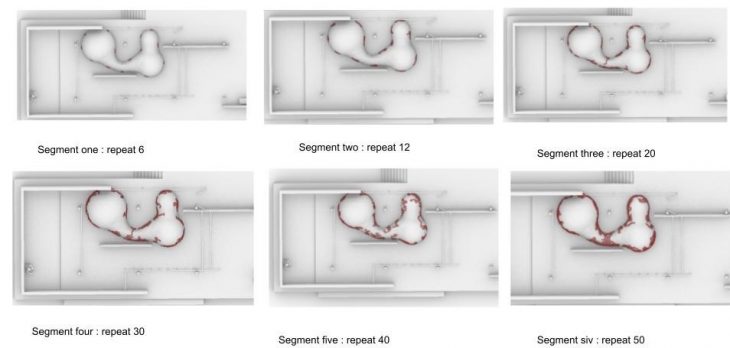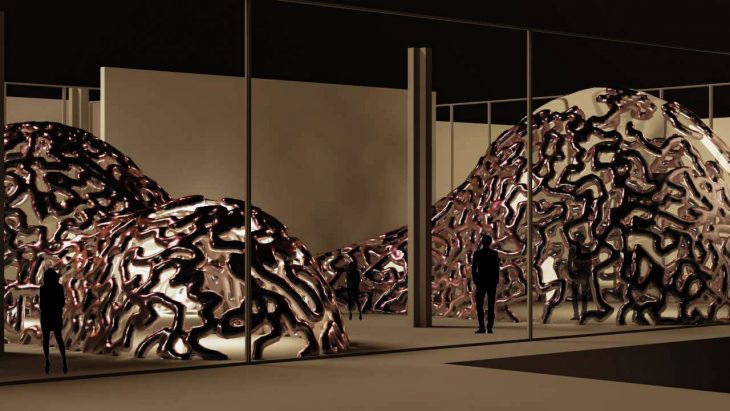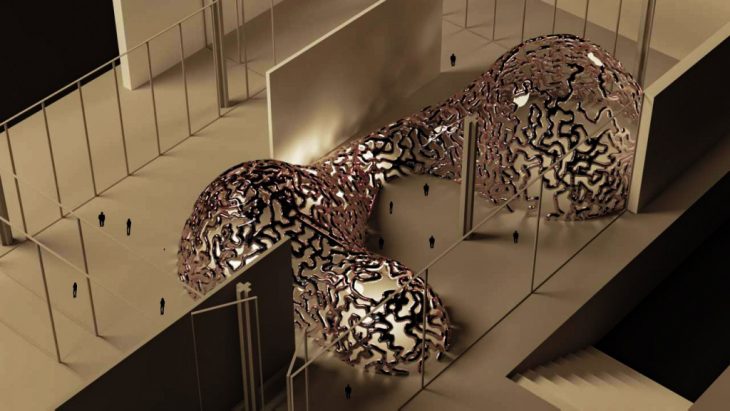Concept:
In 1929, Ludwig Mies van der Rohe created the German national pavilion, also known as ‘Barcelona Pavilion’ in Spain; one of the most influential buildings of the 20th century, remaining an architectural vision to this day . Mies van der Rohe was commissioned by the Weimar Republic to create the building for the International Exposition in Barcelona; its aim was to evince a progressive, democratic, and modern post-World War Germany, a decade on from the traumas of the war and the resulting Treaty of Versailles. The pavilion was intended to be the site of the German section of the exhibition, that would host the King of Spain and a troop of German officials at the inauguration of the exposition—and thereby show the world Germany’s new architecture, represented through the space. By this point however, Germany was suppressed under Nazi rule, and the pavilion was dismantled some months after its completion. Over fifty years later, in 1983, a group of Catalan architects began working on rebuilding the pavilion from photographs and drawings, managing to erect a perfect replica in tribute to the original legendary building.
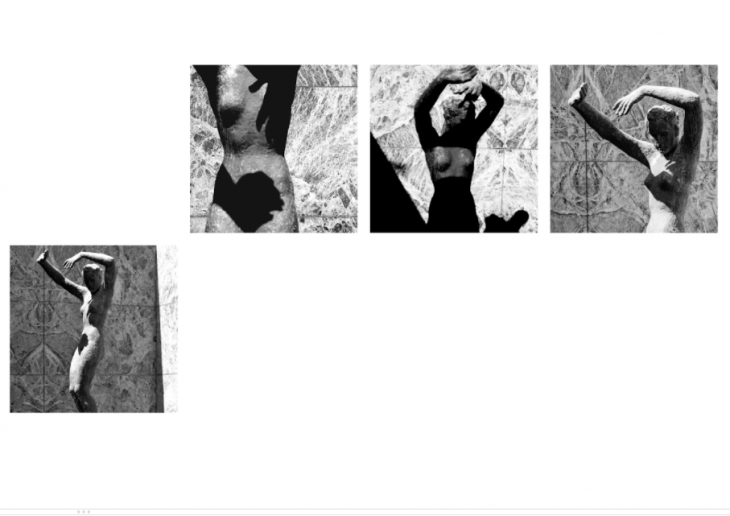
concept :
The idea was to create three main spaces that are attached to the three main historical eras that the pavilion has been through :
1- 1929 German national pavilion
2-1930s pavilion was dismantled some months after its completion.
3-1983 Group of Catalan architects began working on rebuilding the pavilion from photographs and drawings, managing to erect a perfect replica in tribute to the original legendary building
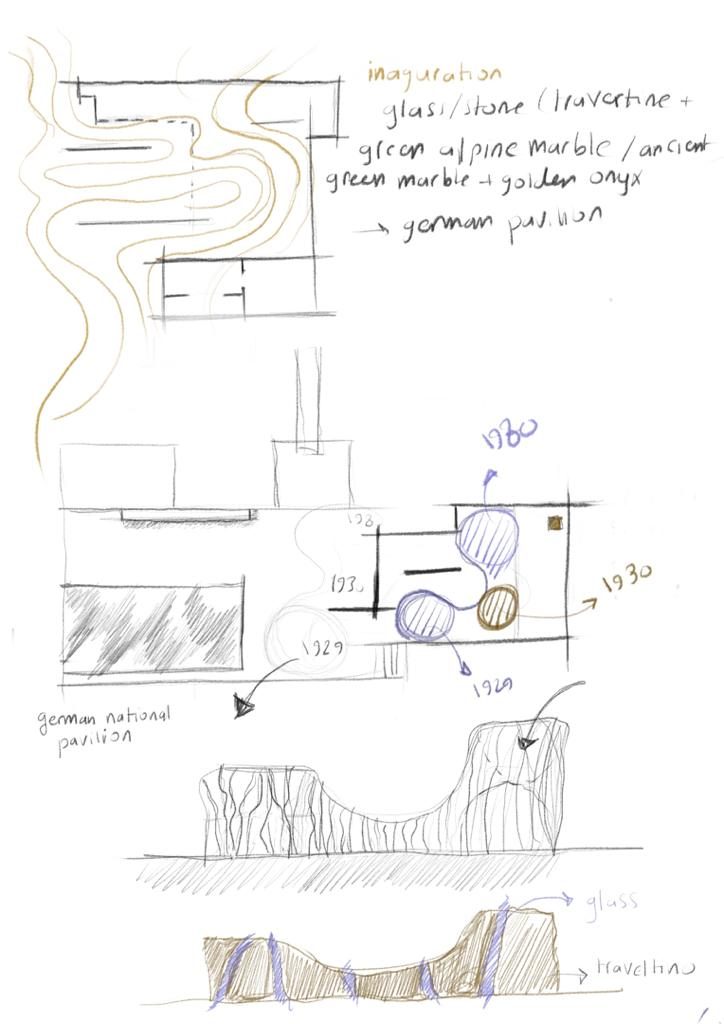
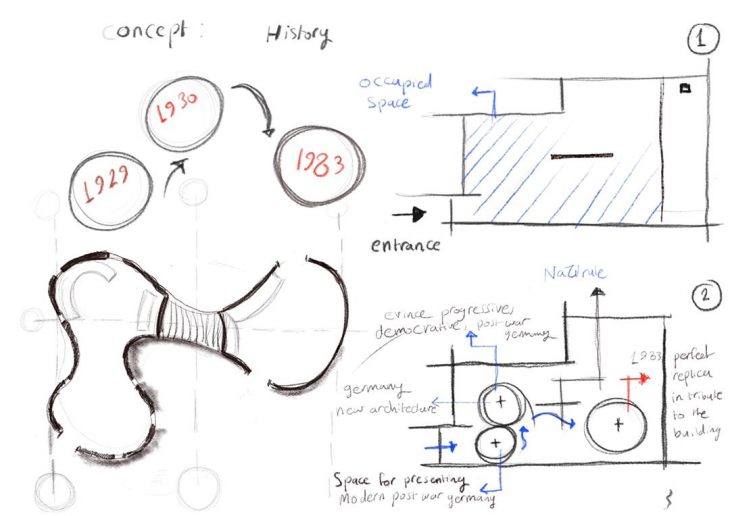
script:

psuedo code:
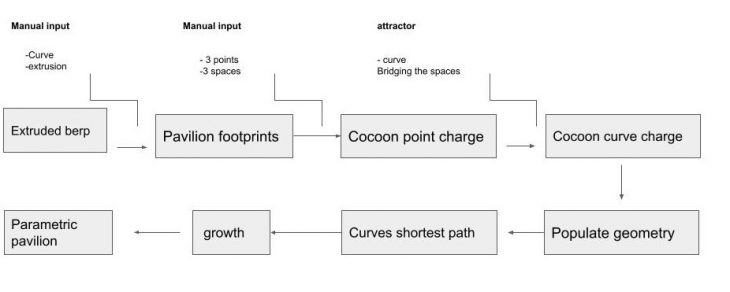
Code Development
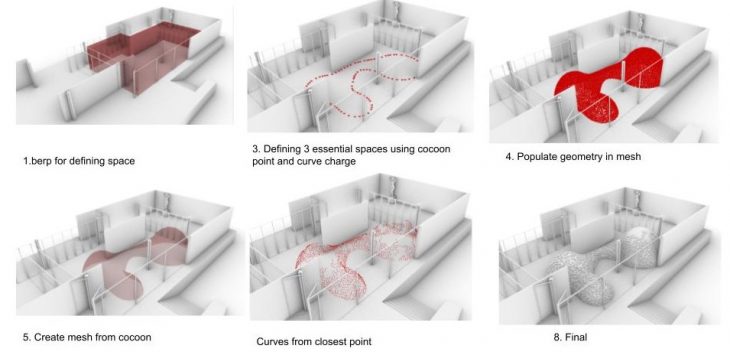
iterations:
